At eleven years into my service with the US Air Force, I’ve accumulated over 3,000 jet hours, deployed nine times, and have had some of the best experiences a pilot could have. From short-field landings in the remote islands of the Philippines to refueling fighters defending friendly troops from enemy fire, the adventures of the Air Force have been countless.
While US Air Force flight training is world-class and many of the experiences once-in-a-lifetime, one aspect that many new recruits don’t consider is the purpose for which the Air Force has commissioned them. If you ask a Marine what they do, they say “I’m a US Marine.” If you ask an Air Force flyer, they might say “I fly,” “I’m a pilot,” or even “I fly .” As budget and manning cuts take their toll on the US military, it is becoming even more apparent that Air Force pilots are first called to be officers.
The encouraged track for a US Air Force pilot involves rotating between operational flying, school, staff, and command. Early on, the focus will be on flying. Several years may be spent in one major airframe, or a rotation between a major airframe and a smaller airframe, giving the opportunity for seasoning and to develop expertise. Most pilots will achieve qualification as an Instructor Pilot or certification as an Evaluator Pilot within these first five to eight years of operational flying. Even within this operational flying period, pilots will assume duties within their flying squadron that may or may not be directly related to aviation. The higher performing officers are typically rewarded by being given more responsibility, which may include working full-time duty outside of flying. While fully employed in one of these positions, such as an Executive Officer, Plans Officer, or one of many other positions, a pilot will still maintain their minimum currencies, but their flying hours will dwindle to accommodate their increased workload in the office.
As an Air Force pilot achieves the rank of Major, their line flying days are nearing an end if they haven’t wrapped up already. The top 20% to 30% of Major’s will be selected for Intermediate Developmental Education, commonly referred to simply as “school.” The typical school tour will be a year long and involves developmental education that can range from military studies to earning a Master’s degree at a civilian university. Following school, a pilot will spend two to four years on staff at a headquarters. During staff, most pilots will not be flying. Following school and staff, the most competitive will go on to be Squadron Operations Officers or Commanders of a flying squadron. This cycle of school-staff-operations repeats again as a pilot approaches the rank of Lieutenant Colonel. The next iteration consists of Senior Developmental Education and Group Command. Follow-on commands include commanding a Wing, Numbered Air Force, and Major Command (MAJCOM). Of course, a MAJCOM commander is a 4-star General, so you have an idea of the timeline that this rotation extends to.
While there are exceptions and some pilots are able to maintain flying status throughout their 20-year career, the track that most Air Force leaders will press upon a pilot is as mentioned above. Having supervised and mentored many young aviators, one common frustration I notice is that many enter the Air Force as pilots without realizing their first priority will be to serve as an Air Force officer. As officers, we are given many responsibilities outside of flying which typically involve supervising Airmen, overseeing programs, providing administrative support to commanders, and writing policy. While these duties are balanced with flying early on, eventually an Air Force pilot is shaped into a leader and manager of Airmen. Leading a unit of aircrew is desired, but many pilots go on to manage units and programs that are in a completely different field. They may lead Airmen who specialize in a logistics, transportation, or support role.
The recent ramp-up in Airline hiring in combination with Air Force manning cuts has led to a mass exodus of many Air Force pilots. The typical Air Force pilot will have a 10-year commitment upon graduating pilot training, which ends up meaning a commitment to the 12-year point in the pilot’s career. At the end of this commitment is when an Air Force pilot reaches the “crossroads” of their career… to continue to 20 years of military service to earn a life-time pension or to leave the military for flying in the civilian sector. Another option would be to leave active duty to work part-time in the National Guard or Air Force Reserve while pursuing a civilian job. If one decides to stay on active duty, they will also be challenged to decide whether they want to remain in a flying billet as long as possible or track to command and management positions, which typically coincide with promotions and increased pay.
All in all, there are amazing assignment options in the Air Force. Whether you’re looking for a specific location or a specific job, it most likely exists in some form. However, one thing to keep in mind is that the Air Force will call you to serve as an officer before a pilot. As you achieve rank in the Air Force, it will become more and more evident that your purpose is to lead Airmen while your flying expertise will primarily be used to better lead those Airmen.

Maj Christina Lee
Strategic Policy Fellow
KC-10 Pilot


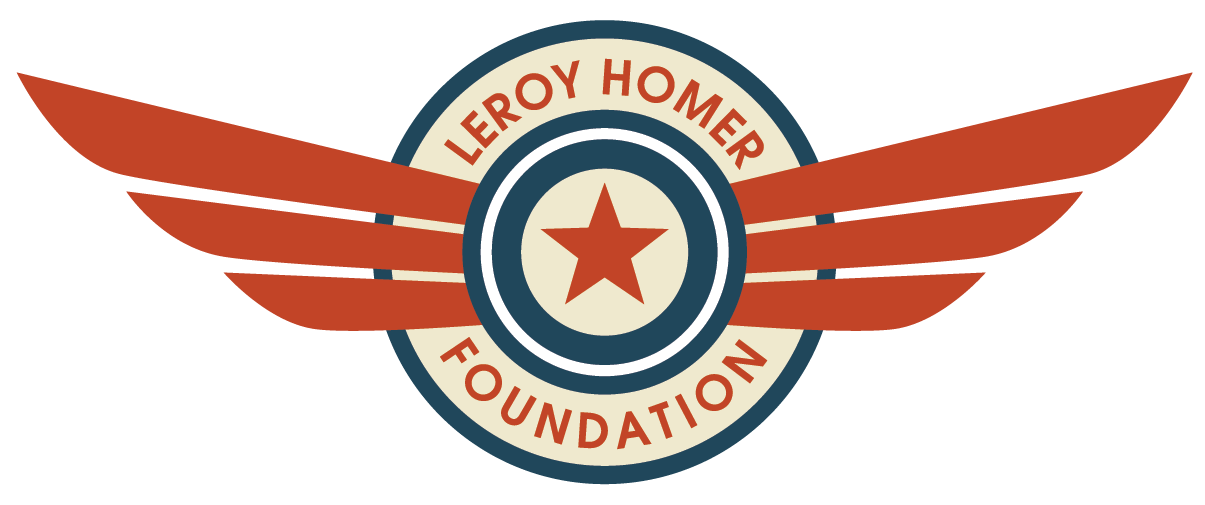
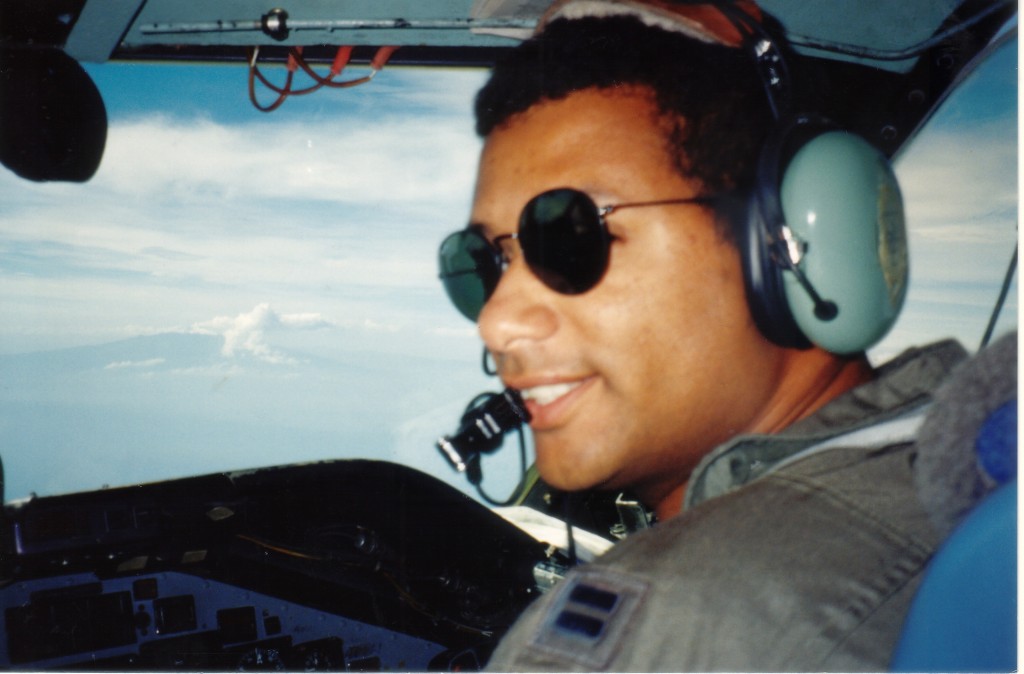
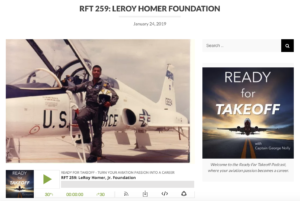
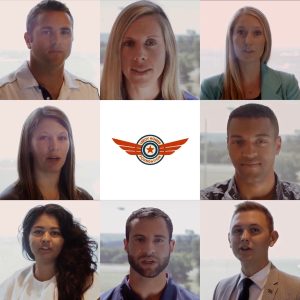




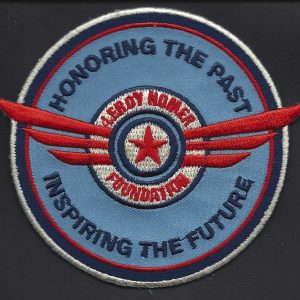
Recent Comments